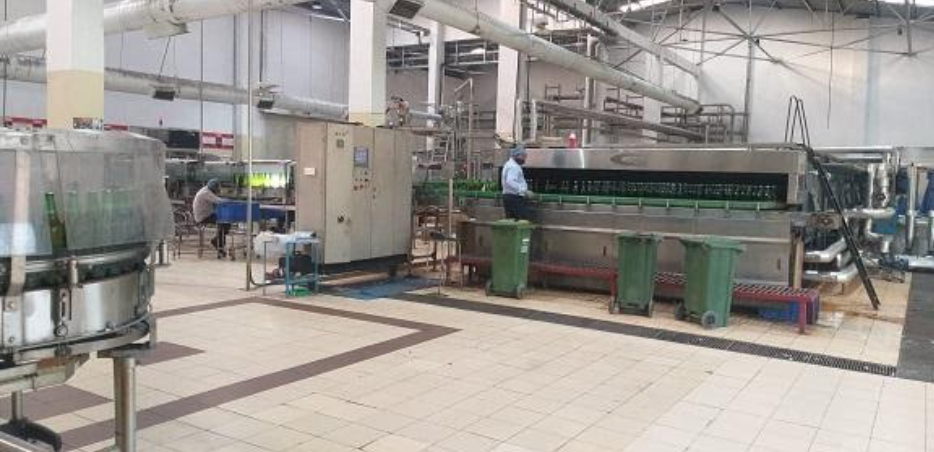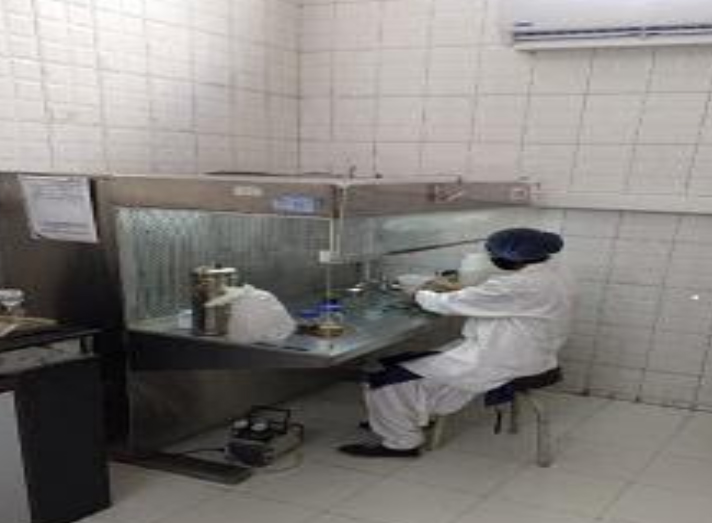Brewing is part cooking, part chemistry, and in our case, all passion.
First, start with the best ingredients. We go to great lengths to make sure all our ingredients are of the finest quality. The main ingredients in our beers are water, hops, barley and yeast.
Water is the main ingredient in beer and it’s why our breweries were built near sources of great brewing water like Golden, Colorado, Burton-on-Trent in the UK and Montreal. Burton is considered the brewing capital of the world, in large part because of its near-perfect brewing water. In Golden, the mineral content of the water makes for great beer and comes from underwater springs fed by Rocky Mountain runoff.

After water, barley is beer’s main raw ingredient, and it first needs to be converted to malt. Malted barley is the soul of beer, lending color, body and flavor. The subtle differences in the malt help to give our beers their own characteristics.
Hops spice up the beer. By choosing a specific variety or blend of hop varieties, our master brewers control the desired aroma and different flavors of our beers.

Yeast is the critical element that transforms other ingredients into beer. In the process of converting simple sugars and starches from grain into alcohol, the yeast also imparts distinct flavors.
After we’ve collected the best ingredients, we then start the brewing process.

Before the yeast can work, these must be converted into simpler starches and sugar. Ripe barley is full of raw, natural starches much like those in wheat flour. Malting is the natural process of partially sprouting grain, then toasting it to produce malt sugar and a perfect golden hue. Several of our beers include barley that we’ve malted ourselves.
The first step in the malting process is steeping. We begin by soaking the barley in water to clean it and moisten it for germination. In the germination phase, the barley begins to sprout. Raw starches naturally break down into suitable starches and natural enzymes perfect for the brewing process. Before sprouting goes too far, we toast the barley in a kiln. Time in the kiln controls color, from pale gold to rich chocolate. It also controls flavor, creating beer that’s sweet and mellow or dark and bitter. After the malt has aged properly, it’s time for milling. We grind the malt into malt flour, called “grist.” Milling cracks the tough outer hull of the grain so water can get in and dissolve the starch and sugars inside.


Mashing is the final process of converting any remaining starch into fermentable sugar. We add hot water to the grist to produce a mixture called “mash.” The combination of heat and natural enzymes from the barley breaks down the starches into fermentable sugars. This process takes place in large kettles called mash tuns. When the sugar content is just right, we filter the mash to separate the solid husks and germ of the grain from the sweet liquid. The solids, which make nutritious, high-protein animal feed, are sold to local farmers in many of our markets. The sweet liquid, called “wort,” is transferred to another kettle. We now boil the wort to clarify it and reduce excess water. We add hops at this stage for their aroma and spiciness, and to balance the sweetness. After boiling, the wort is strained, cooled and transferred to a fermentation tank.

When the wort cools, we add yeast, and fermentation begins. As yeast multiply, they consume the sugars and produce alcohol and CO2 (carbonation). The fermentation tank is constantly kept at cool temperatures for the yeast to do the best job. Fermenting typically takes eight to ten days. After fermentation, the filtered, fermented wort is officially beer. But at this stage the young beer needs to mature.
For most of our beers, the next step is aging and secondary fermentation in large tanks. A term for this stage is "lagering," German for "storing." During the aging process, the beer matures, develops its natural carbonation and unique flavor. Ale yeast likes warmer temperatures than lager yeast. So our ales ferment and go through their aging at higher temperatures than their lager counterparts. It’s why lagers and ales taste different. When aging is complete and the flavors found in our beers are in perfect harmony, it’s time to get them to our beer drinkers.
We color most of our bottles brown or green to protect the beer from light. For beers sold in clear glass bottles, we use patented light-stable hops that prevent beers from becoming "light-struck".
We do our best to minimize packaging--for environmental reasons and to keep costs down for distributors, retailers and our drinkers. We've set ambitious goals for reducing packaging and waste associated with our products. We offer a variety of packages and container sizes to accommodate the breadth of drinking occasions. Molson Coors India codes our packages with easy-to-read “sell by” dates. This helps you know our products are fresh. The codes can also indicate the date the beer was packaged, and the brewery, location, production line, and time it was brewed.


Through every step of the brewing process, we are guided by our mission – to delight the world’s beer drinkers with our extraordinary brands.
In our quality-control labs, we continuously test every step of our processes, from raw ingredients to our final product. Chemical analysis lets us precisely monitor water purity, the starch content of our grain, hop bitterness, yeast quality, attenuation (alcohol conversion) and many other exacting details.
Highly trained Molson Coors India people monitor quality with this chemical analysis and also through good old-fashioned tasting at various points in the process. We have dozens of trained taste-testers to sample flavour, aroma, colour and consistency each day. It’s all in a day’s work at Molson Coors.
Copyright © All Rights Reserved.